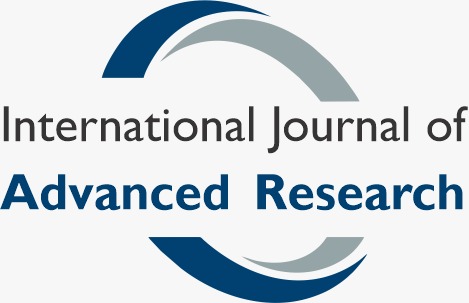IMPACT OF ENVIRONMENTAL STRESSORS ON NATIVE AMPHIBIAN BEHAVIOR AND SURVIVAL
Keywords:
Button mushroom, Agaricus bisporus, therapeutic properties, management of lipid peroxidation, animal modelAbstract
Background: Amphibians face increasing threats from pollution, habitat fragmentation, temperature shifts, and invasive species, all of which significantly affect their behavior, survival, and ecosystems—contributing to global population declines.
Objective: This study examines how seasonal changes influence behavior, survival, and physiological responses of various amphibian species exposed to specific environmental stressors in their natural habitats.
Methodology: A mixed-methods approach combined quantitative data (e.g., activity levels, mating calls, foraging, survival rates) and qualitative field observations. Data from four species under different stressors were analyzed using ANOVA and survival analysis.
Results:
- Frog Species A: Temperature stress reduced activity (35 movements/day) and mating calls (8 calls/hour; p = 0.03).
- Toad Species B: Mud pollution significantly lowered call rate (5 calls/hour; p = 0.01).
- Salamander C vs. N: C was more active in fragmented habitats (40 vs. 24.7 movements/day) with lower mortality (10%; p = 0.02).
- Frog Species D: Invasive species presence increased activity and calls, but decreased foraging rates.
Pollution markers were linked to reduced physiological function.
Conclusion: Environmental stressors significantly impact amphibian behavior and health, highlighting the urgent need for targeted conservation and habitat protection strategies.




